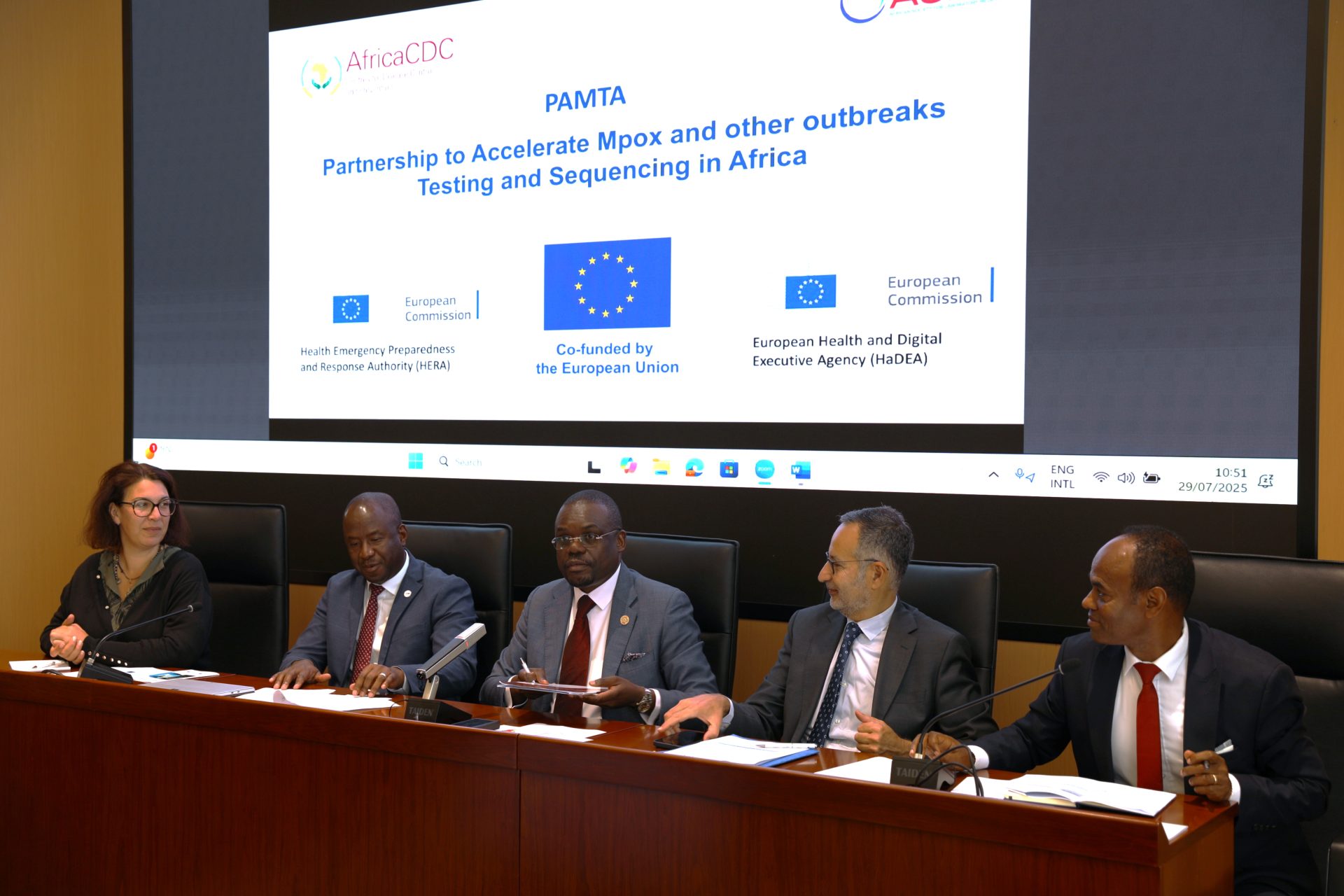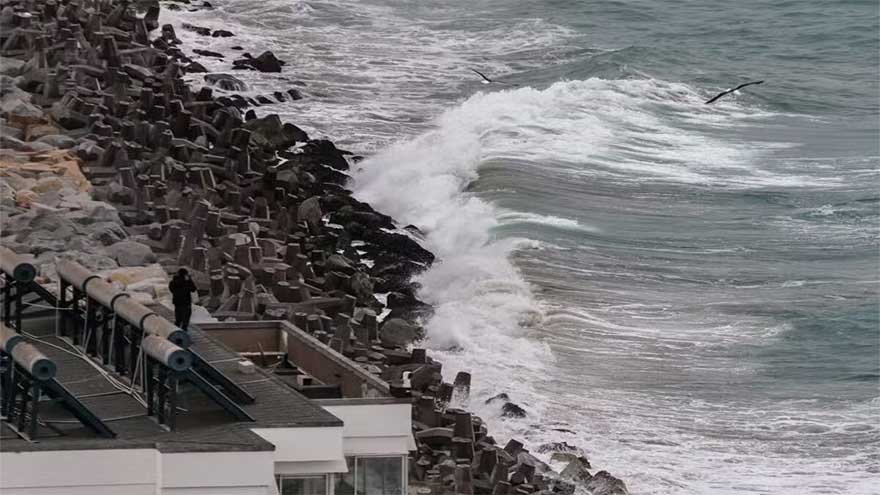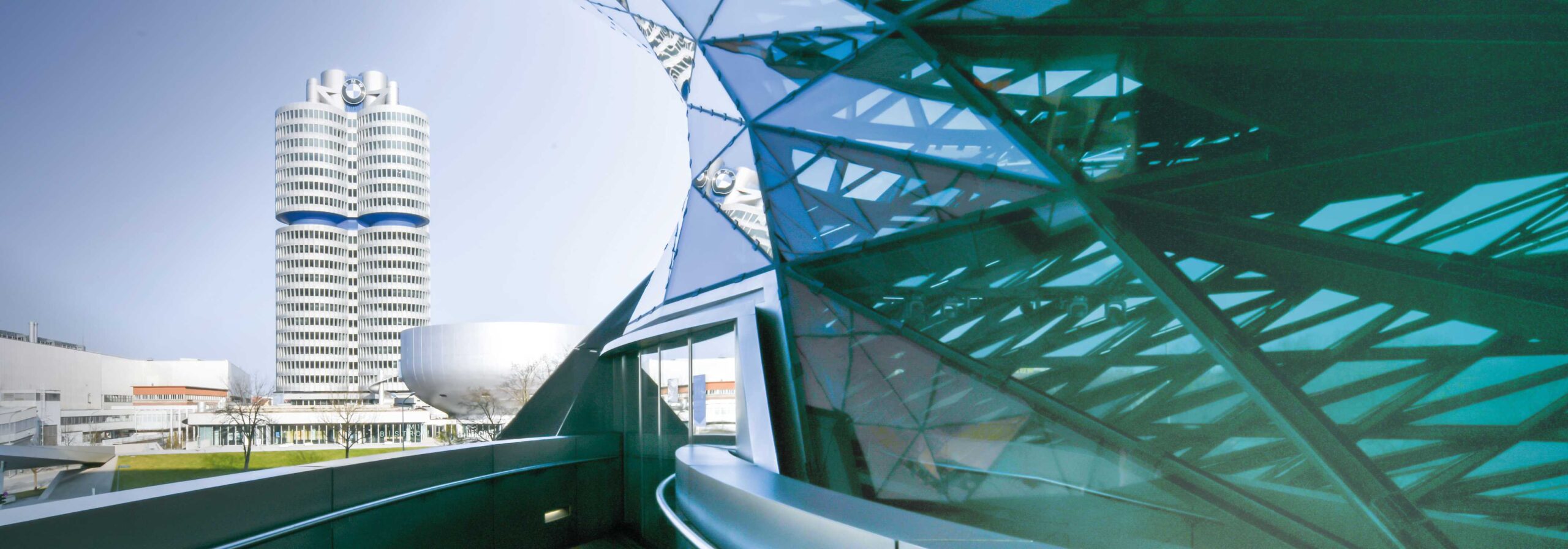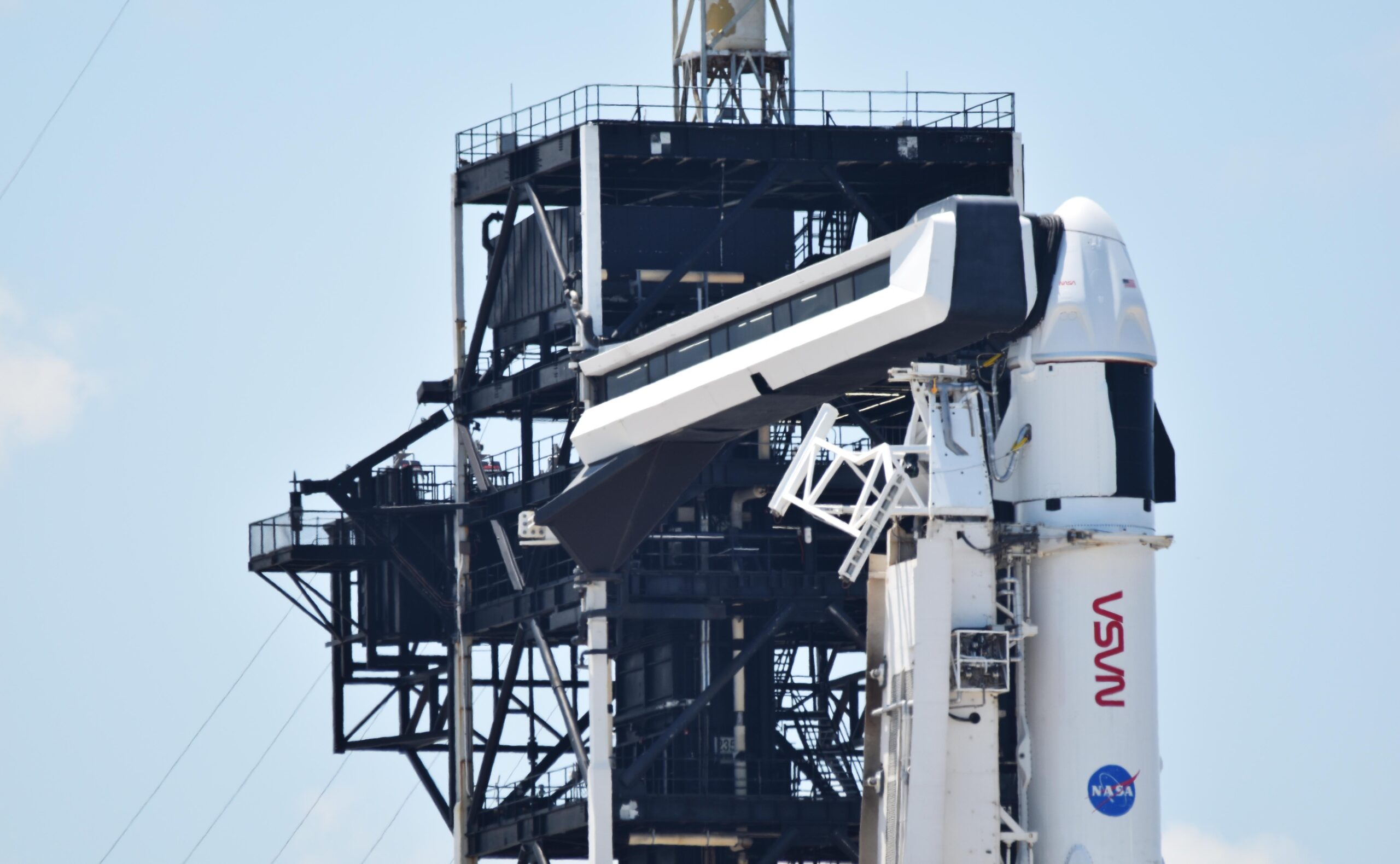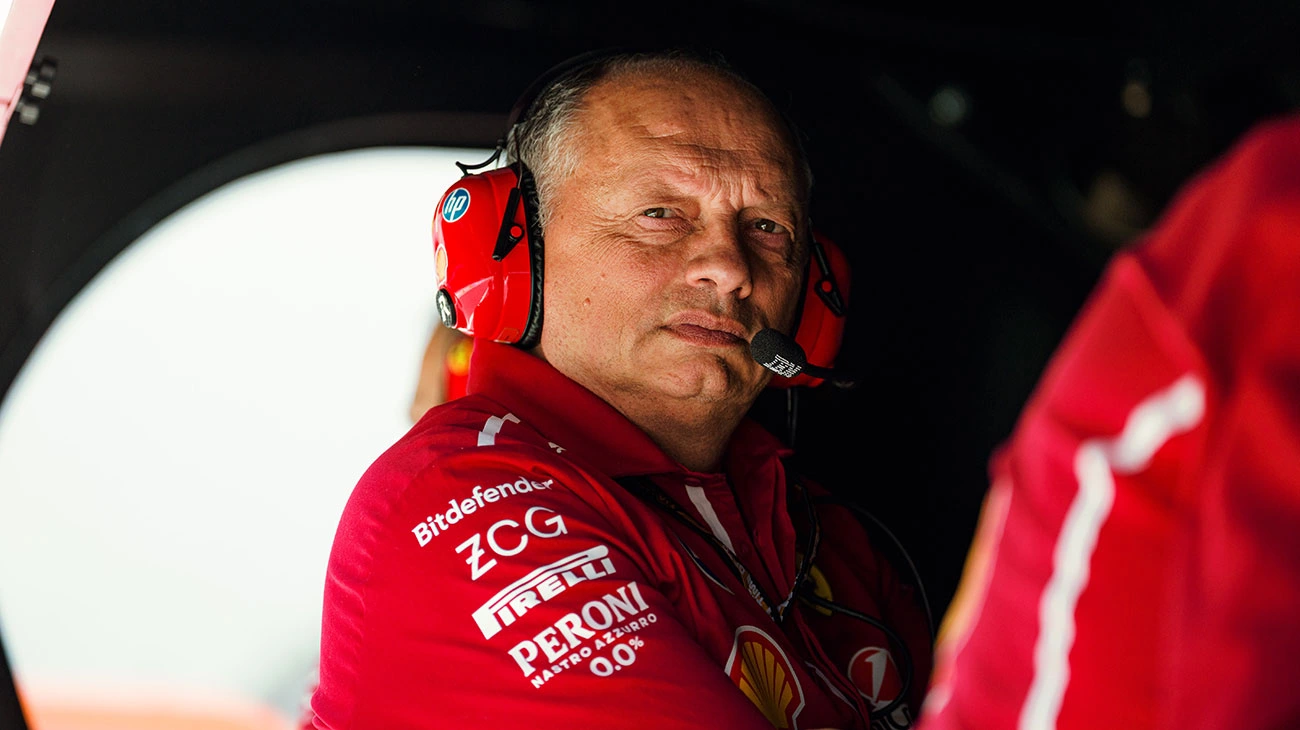– Check against delivery –
Ladies and Gentlemen,
Good morning.
Thanks to the strength and foresight of our strategy, our attractive
product portfolio and our global team and operations, the BMW Group is
built to weather various conditions.
This is what separates us from the competition. And it underscores
that there is not ONE automotive industry – major players are
currently performing quite differently.
Through the first half-year, our sales performance demonstrates the
appeal of our global brands and the ongoing success of our broad
technological approach.
After confirming our original guidance from our Annual Conference
after the first quarter results, we remain on track with our financial
targets for the year – despite ongoing tariff uncertainty and
fluctuations in the Chinese market.
Unpredictability is a longstanding feature of the auto industry and
is the norm in today’s business environment. What is decisive is how
you deal with it. Because global success is rather predicated on your
ability to anticipate developments and to respond rationally and efficiently.
That is fundamental to the BMW Group. And we are building upon our
leading position in the industry.
The overall global automotive market is growing. We are always ready
to profitably gain market share wherever individual market conditions
allow. As dynamics in the industry shift, we know exactly where we are
placed with our premium brands and where we can pursue opportunities –
maintaining a healthy balance of value and volume.
Over many decades, we have built up a comprehensive and balanced
network of sales, production and supply chain operations spanning the
major regions. This makes us one of the few truly global players in
the industry and our deep roots in global markets offer us many advantages.
First, they allow us to tap into leading-edge developments in the
individual markets and understand specific customer needs. Our ties to
research universities, our R&D network and IT hubs and our network
of local tech partners enable us to leverage key competencies from
individual markets for our global products and strategy.
Second, through our extensive footprint in key markets, we remain
resilient in the face of geopolitical instability and ever-increasing regulation.
Finally, our strong ties also allow us to engage in direct
discussions with key political decision-makers, who value our
perspective. Here, it is not just about our individual interests, but
rather finding solutions for customers worldwide and driving shared
economic prosperity.
The BMW Group welcomes the fundamental agreement between the European
Union and the United States to reduce tariffs on both sides of the
Atlantic. It’s now important to quickly finalize and implement the
agreed measures.
We will continue to advocate for trade between the EU and the US not
be hindered by import tariffs. The currently agreed US tariffs also
burden European exports, affecting consumers and globally operating
companies. Therefore, we urge both sides to continue working towards
market openness and the convergence of technical regulations.
Through our global production network and supply chains, we maintain
high flexibility to respond to fluctuations. Our production plants are
attuned to market demand, allowing us to achieve capacity utilization
above the industry standards.
At our largest single plant in Spartanburg in the United States, for
example, we produce over 400,000 vehicles annually. Over half of which
serve the local market and half of which we export. Across the United
States we have created extensive value chains as well as a competency
hub for our global X Family of vehicles in Spartanburg, which remain
in high demand across the entire globe.
BMW made in America and sold to the world.
This combination of leveraging the competitive advantage of the US
market in SUVs with BMW’s brand strength allows us to develop products
which speak to customers’ needs in markets worldwide.
For the current financial year, our sales results continued into Q2
in line with our expectations, as conditions continue to vary from
market to market. In Q2, we saw a sequential improvement from Q1.
Outside of China, all three of our major sales regions posted growth.
Group sales in these markets combined to grow by 6.3% through the
first six months of the year.
Group sales in Europe grew overall by 10.2% in the second quarter and
in Germany alone by over 10%, with growth in most markets outpacing
the passenger vehicle market. Overall, the BMW brand increased its
market share in Europe.
Among the most successful BMW models were those in the business class
segment. In the first half of the year, the BMW 5 Series saw growth of
more than 40% worldwide compared to 2024.
Other notable models that saw success included the BMW X2 models,
which more than doubled sales through June.
With the full availability of the new MINI family, the brand grew in
all regions worldwide, including in China. In the first half of the
year, more than one in three MINIs sold was a BEV.
Rolls-Royce increased deliveries by nearly 10% in the second quarter,
driven by strong sales from the Cullinan Series II*.
Drivetrains and model variants across the portfolio continued to see
success in Q2. BMW M sold nearly 106,000 vehicles through June, the
best-ever first half-year for the brand.
Sales of plug-in hybrid models from the BMW brand grew by almost 30%
in the first six months. Our BEV models continue to be a fundamental
pillar of our strategy. In the second quarter, we achieved an
important milestone, with the delivery of our 1.5-millionth
all-electric vehicle. Across the portfolio, we now offer more than 15
all-electric models.
In Europe, the Group’s BEV share reached 25%. With PHEVs included,
the electrified share reached nearly 40%. Across all brands, BMW is
the third best-selling BEV brand in Europe.
While we are proud of our position as a leading BEV player, we know
that the world is multi-dimensional.
To meet consumer needs, especially in a product as complex and
personal as a car, there is no single answer. Our Q2 results show that
we can serve multiple preferences simultaneously: BEVs, PHEVs and our
M models all achieved growth.
The most effective strategic approach is to use all technologies to
reduce CO2 emissions overall. We remain committed to the goals of the
Paris Climate Agreement, while advocating for a review of the 2030 and
2035 targets in the EU.
To achieve these goals and create effective CO2 regulations, we must
take a comprehensive view across the entire value chain. This would
consider all emissions across the entire life cycle and not just
tailpipe emissions: from the supply chain to the raw materials used in
the car, the production process, the vehicle drive, energy used to
power the vehicle, and finally to recycling.
A dependency on a single technology can be damaging to an industry.
Putting all your eggs in one basket is just poor asset allocation.
Hydrogen, for example, offers Europe an opportunity to use our
expertise and take the lead on an emerging technology that will
contribute to our climate goals. And, unlike BEVs, without the need
for large amounts of raw materials or battery technology which are not
localizable at large scale in Europe.
Beyond drivetrains, there is great potential with alternative fuels.
There are more than 250 million vehicles in the EU, which could now
immediately contribute to climate protection. But this requires a
clear regulatory pathway and targeted investments in the ramp-up of
all renewable fuels.
Take HVO100 as an example. While it is already available in markets
across Europe, tax schemes and the CO2 fleet targets need to recognize
this renewable fueling option to incentivize customer adoption. This
would help in scaling an alternative fuel that has a 90% CO2 saving
compared to normal fuels and can already be accessed today. For OEMs
and customers, this is also a cost-effective way to reduce emissions
in the use phase.
For Europe to maintain competitiveness and finance its future, we
need to invest not only in new technologies, but also leverage our
existing technologies, which can meet customer preferences and still
contribute to climate targets.
For the BMW Group, we are now just five weeks away from the next
major innovation step, which our entire company has been fully focused
on for many years now: the launch of the NEUE KLASSE.
On September 5th, we will celebrate the world premiere of the all-new
BMW iX3* at the IAA Mobility here in Munich.
In June we hosted media representatives at the pre-drive event in
Miramas in southern France. The initial feedback has been tremendous.
We remain right on time with the launch, including at our new Plant
in Debrecen. Construction also continues at our battery assembly
facility in Irlbach-Straßkirchen.
With the NEUE KLASSE, we are making great strides in all relevant
technology fields – whether in electrification, digital user
experience, driving dynamics or sustainability.
The new BMW iX3 will be benchmark in the industry.
The all-electric 6th generation powertrain will set standards in
performance and efficiency:
- powered by our battery cells developed in house, with 20% more
energy density:
- an electric range of up to 800 kilometers according to WLTP;
- With 400-kilowatt maximum charging, customers will be able add
over 350 kilometers to their vehicle’s range in just 10 minutes
according to WLTP;
- And with an energy consumption of 15 kilowatt hours per 100 kilometers.
In addition, our revolutionary new iDrive will change the way the
driver interacts with the car. With the BMW iDrive, we set an industry
standard more than twenty years ago. After the reveal of the all-new
Panoramic iDrive at CES in January, we are already seeing the industry
follow our lead.
With the technology clusters we have developed for the NEUE KLASSE,
we will scale our advanced technologies across the portfolio. We will
start in the core segment to build momentum quickly. This is simply
smart economics.
By 2027, we will bring 40 new models and model updates with NEUE
KLASSE technology and design language on the road worldwide.
Our technology cluster approach also allows us to integrate
market-specific features and content. In our major sales regions, we
have a variety of local solutions with leading partners. This allows
us, for example, to further enhance the digital user experience as
well as automated driving functions in our upcoming NEUE KLASSE models.
In China, we are collaborating with Alibaba Banma to develop the next
level of intuitive and conversational in-car voice interaction. We
will also enhance our BMW Intelligent Personal Assistant with
functionality from DeepSeek in our vehicles in China.
In most other countries, the next-gen BMW intelligent personal
assistant will be powered by large language model technology from
Amazon Alexa.
For driving assistance systems that meet local needs and regulations,
we have also sought out partners in different geographies. Always
following our philosophy in this area: smart, symbiotic and safe.
Just two weeks ago, we announced a new partnership with Momenta, a
leading Chinese ADAS technology provider. The partnership will focus
on software development and integration for Chinese road-networks,
traffic-conditions and user expectations, utilizing advanced AI
algorithms and data driven development methods. We will launch the
systems in China starting with our NEUE KLASSE.
In other markets, we continue to build on our already very successful
partnership with Qualcomm.
These examples show how adaptive the NEUE KLASSE architecture is.
With a software-defined vehicle, we maintain competency over all
systems of the car and can roll them out to markets at the same time
across the world. But we also are able to quickly integrate local tech
stacks into our own ecosystem to give consumers access to innovations
and features they are used to.
And through backward integration of software solutions available for
all aspects of the vehicle over the air, we will continuously enhance
the customer experience.
This is a huge advantage for us.
Ladies and Gentlemen,
Our consistent strategic approach and continued success is not a
coincidence but the result of resolute, long-term planning and
orientation. It is a multi-year process in every area of the company.
This is what our stakeholders expect from us.
The BMW brand is a promise. And we deliver on our promises.
We continue to build upon the strong position we are in today.
With the rollout of NEUE KLASSE technologies and products over the
next two years, we will bring the company to a whole new level.
Thank you.
